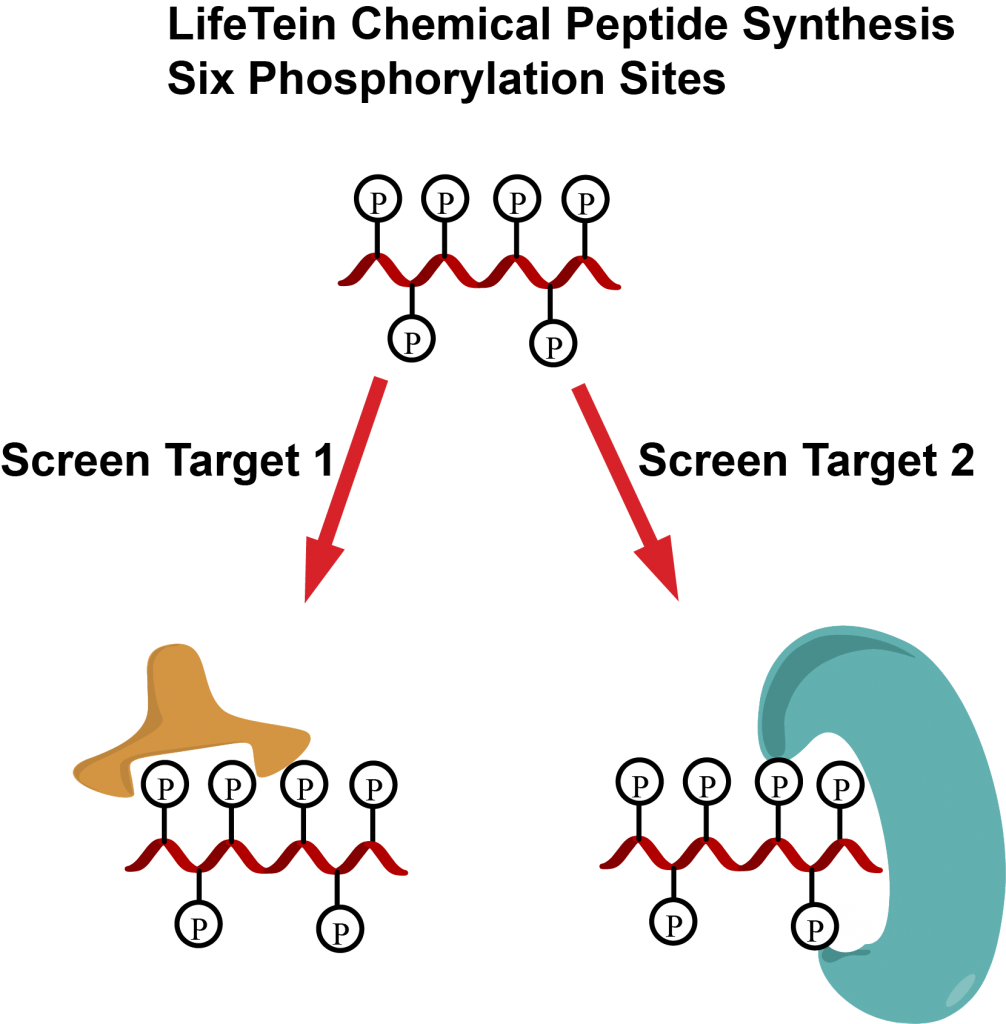
Methicillin-resistant Staphylococcus pseudintermedius (MRSP), a zoonotic pathogen causing severe skin infection, has been shown to be combated by peptides with antimicrobial and anti-inflammatory properties. The phenol-soluble modulin beta (PSMβ) peptides that succeed where conventional drugs fall short are isolated from a unique strain (S. felis C4) found in feline skin.
Antimicrobial Peptides from Feline Skin
Once the PSMβ peptides were identified from the S. felis strain, LifeTein helped the scientists by synthesizing batches of the peptides to be tested against MRSP in mice. Results showed a significant reduction in necrotic skin injury from MRSP in mice treated with the S. felis extract. This was due to the antimicrobial peptides inhibiting translation and disrupting bacterial cell membranes, greatly reducing skin colonization of MRSP.
The group believes this study can re-establish the community of microbes on the skin that promote health. The results proved effective in vitro and in vivo when combatting MRSP. Overall, the discovery serves to represent a potential bacteriotherapeutic for both human and animal skin diseases like MRSP colonization and infection.
In a new study, Williams shows that the skin microbe Staphylococcus epidermidis can produce phenol-soluble modulins (PSMs) that will induce skin inflammation. These PSMs combine with cysteine proteases to promote skin disease.
- SE PSMa:fMADVIAKIVEIVKGLIDQFTQK.
- SE PSMd:fMSIVSTIIEVVKTIVDIVKKFKK.
- SE PSMε:fMFIINLVKKVISFIKGLFGNNENE.
- SE d-toxin:fMAADIISTIGDLVKWIIDTVNKFKK.
- S.aureus PSMa3:fMEFVAKLFKFFKDLLGKFLGNN.
f = N-terminal formylation
Williams metal., 2023, Cell Reports 42,113024 September 26, 2023 https://doi.org/10.1016/j.celrep.2023.113024
O’Neill AM, Worthing KA, Kulkarni N, et al. Antimicrobials from a feline commensal bacterium inhibit skin infection by drug-resistant S. pseudintermedius. Elife. 2021;10:e66793. Published 2021 Oct 19. doi:10.7554/eLife.66793







